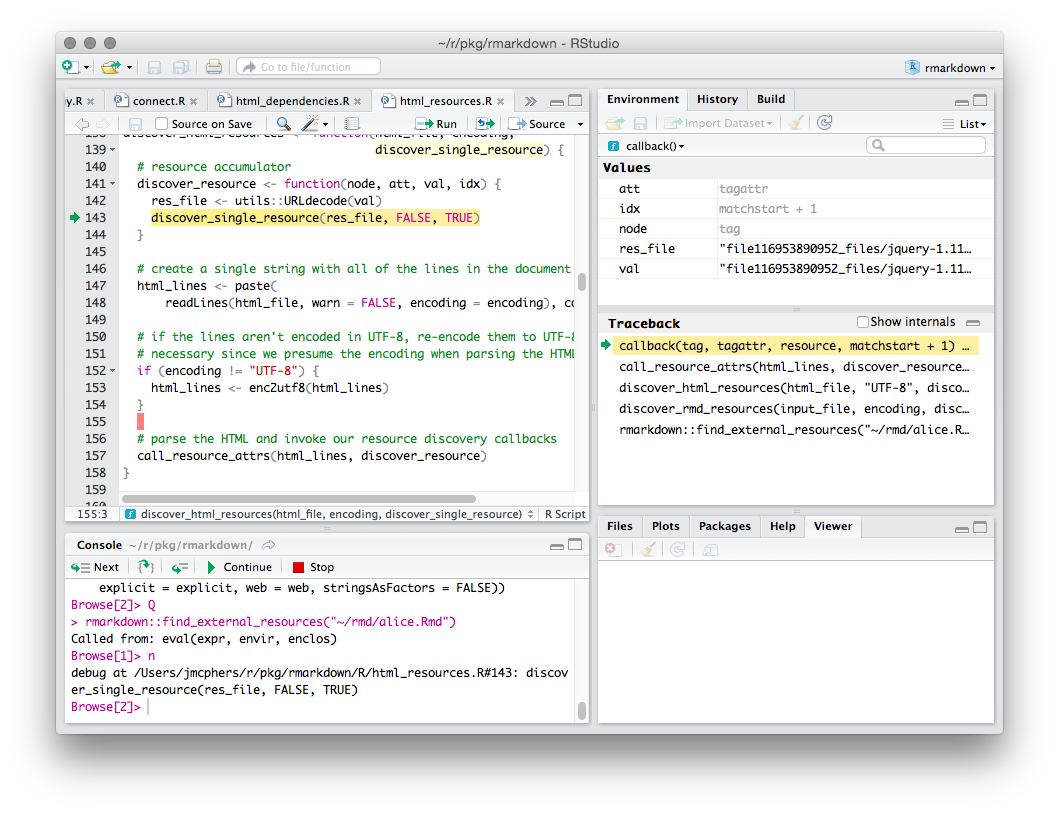

Remember, a variable is something that can vary over time. The first step in creating a causal “story” is to identify the nouns-or variables-that are important to the issue. But over time, the TQM programs seemed to produce diminishing results, and interest in TQM activities slacked.

There were also some well-publicized successes in several local line teams. In the beginning, there was much enthusiasm around the program, and demand for training was high. Take the example of an HR team that has been responsible for integrating a Total Quality approach in an organization.

By representing a problem or issue from a causal perspective, you can become more aware of the structural forces that produce puzzling behavior.īy linking together several loops, you can create a concise story about a particular problem or issue. By linking together several loops, you can create a concise story about a particular problem or issue.Ī causal loop diagram consists of four basic elements: the variables, the links between them, the signs on the links (which show how the variables are interconnected), and the sign of the loop (which shows what type of behavior the system will produce). Within that framework, causal loop diagrams can be thought of as sentences that are constructed by identifying the key variables in a system (the “nouns”) and indicating the causal relationships between them via links (the “verbs”). Systems thinking has been described as a language for talking about the complex, interdependent issues managers face every day.


 0 kommentar(er)
0 kommentar(er)
